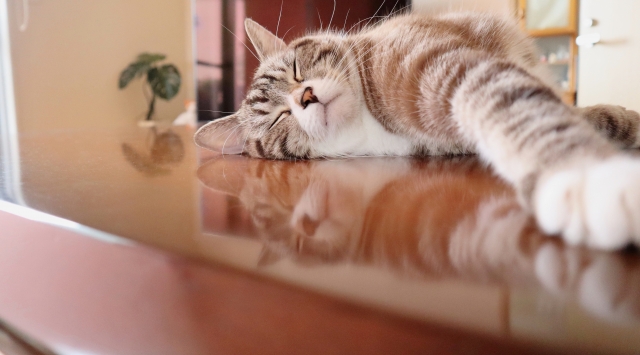Feeding your new cat the right diet is essential for its health and happiness. Cats are obligate carnivores, which means they require a diet rich in meats to thrive. Understanding the basics of feline nutrition can help you make informed decisions about what to feed your new pet. This guide will cover the essentials of cat nutrition, types of cat food, and tips for feeding your cat properly.
Understanding Cat Nutrition Basics
- Protein-Centric Diet: Protein is a critical component of a healthy cat diet, as it provides the amino acids they need. Look for foods that list real meat as the first ingredient.
- Fats: Fats are second only to protein in importance for a cat’s diet. They provide energy and help absorb vitamins. Ensure the food contains a balance of essential fatty acids.
- Carbohydrates: While not essential, carbohydrates can be included in a cat’s diet in small amounts. However, it’s important to ensure that they do not displace protein and fats.
- Vitamins and Minerals: Cats need various vitamins and minerals in their diet, including vitamin A, vitamin E, and taurine, an essential amino acid.
Types of Cat Food
- Dry Food (Kibble): Convenient and economical, dry food can be left out for free feeding without the risk of spoilage. However, it’s important to ensure it’s high in protein and low in carbohydrates.
- Wet Food (Canned): Wet food is good for hydration and usually contains more protein. It can be more palatable for cats and closer to their natural diet in texture.
- Raw Diet: Some owners choose to feed their cats a raw diet, which can include raw meat, offal, and bones. It’s crucial to do this safely to avoid the risk of bacterial contamination.
- Homemade Diet: Preparing your cat’s food at home allows you to control the ingredients. Consult with a veterinarian to ensure the diet is nutritionally complete.
Feeding Tips for New Cat Owners
- Consistency is Key: Cats thrive on routine. Try to feed them at the same times each day.
- Portion Control: Overfeeding can lead to obesity. Follow the feeding guidelines on the cat food packaging and adjust as necessary based on your cat’s activity level and body condition.
- Fresh Water: Always provide access to clean, fresh water. Many cats prefer running water; consider a cat water fountain to encourage them to drink more.
- Transitioning Foods: If you need to change your cat’s diet, do it gradually. Mix the new food with the old food in increasing amounts over the course of a week to prevent digestive upset.
Conclusion
Proper nutrition is fundamental to your cat’s health. By understanding the basics of what cats need and the different types of food available, you can make informed choices that contribute to a long, healthy life for your new companion. Remember to consult with your veterinarian before making any significant changes to your cat’s diet, especially if your cat has health issues. Feeding your cat correctly from the start will pave the way for its wellbeing and happiness.




